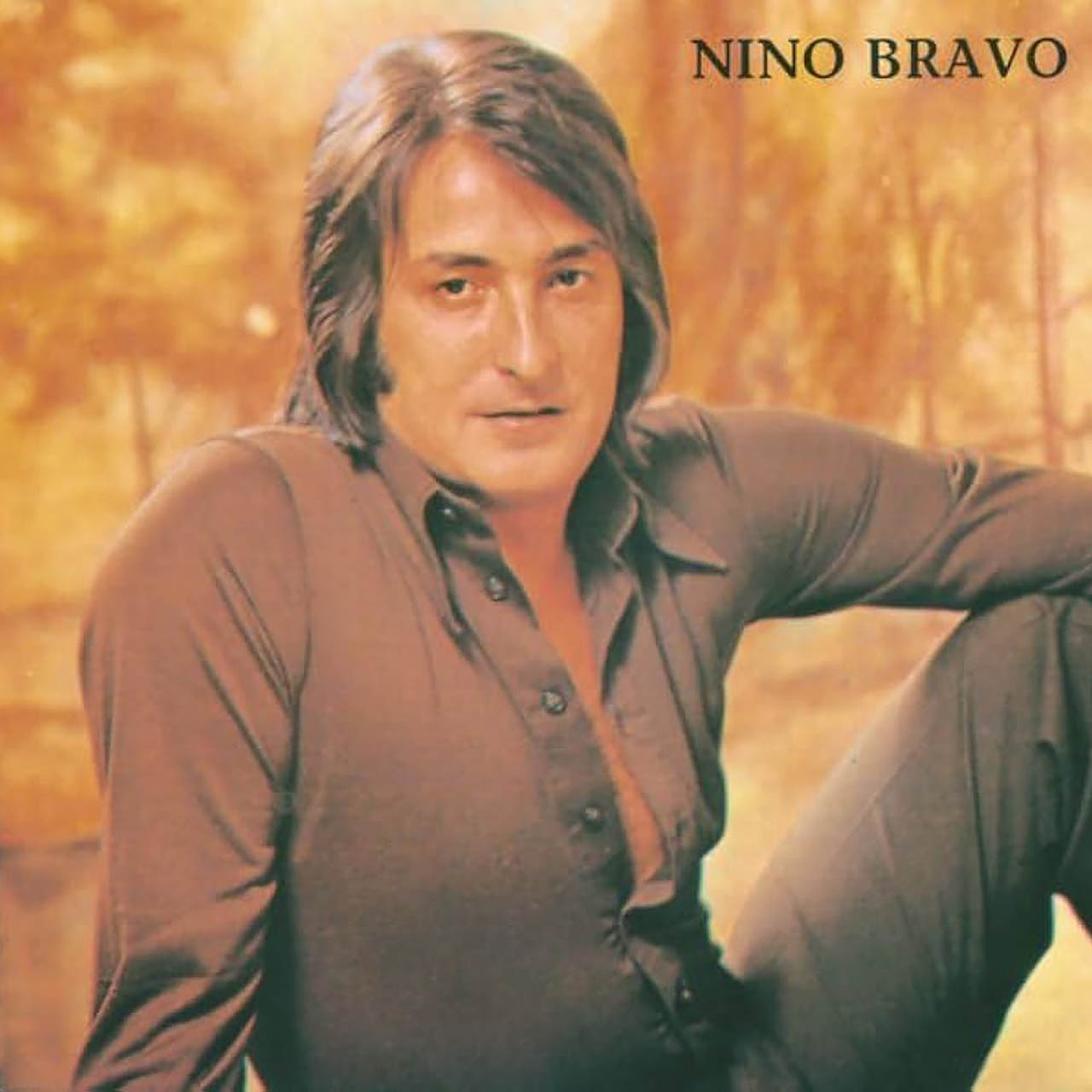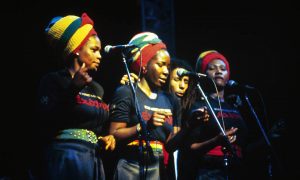There is a museum in the town in Valencia, Spain where Nino Bravo was born, dedicated to preserving the memory of the iconic Spanish pop singer. The collection includes a selection of Bravo’s records, photos, and a display of the suits, pointed-collar silk shirts, and Italian horn necklace that he wore during his concerts and TV appearances at the beginning of the 1970s.
Bravo was part of a cohort of melodic pop crooners whose songs would populate the Spanish charts and later become karaoke standards. The passionate vocals of Bravo, Raphael, Camilo Sesto, and Julio Iglesias characterized a certain type of suave Hispanic performer adored by female audiences. Stay-at-home mothers passed on memories of songs played in the house to their children, who as adults would remain nostalgic fans. At the same time, those artists were among the ones who soundtracked an era of change in Spain as the country progressed toward the final days of Francisco Franco’s dictatorship and the acceleration of creative and social freedoms.
Listen to the best of Nino Bravo now.
Born Luis Manuel Ferri Llopis into a working class family, Nino Bravo expressed a talent for singing at an early age. Under his stage name, he began appearing on a 1970 TV program called Pasaporte a Dublín, which would decide Spain’s Eurovision candidate for that year. He lost the contest but scored a number one hit with his song “Te quiero, te quiero,” also the name of his first album. His eponymous 1971 recording was the follow up.
The album opens with “Puerta de Amor,” a bold Spanish-language version of singer Gene Pitney’s “A Street Called Hope,” written by the British duo Cook and Greenaway. Framed by big arrangements punctuated with drums, horns, and an insistent tambourine beat, Bravo’s folk pop vocals escalate to enter soul music territory, fervently seizing lyrics about finding love on “a street called freedom.”
Bravo treads loungier terrain on love ballads like “El Tren Se Va” (“The Train is Leaving”) and “Ni el Viento ni el Tiempo” (“Neither Wind nor Time”); and goes all out groovy for the hip-swinging track “Por Culpa Tuya” (“It’s Your Fault”).
The songs on Nino Bravo deliver the kind of dramatic sentiment that would be expected of any artist whose persona fit the category of 20th Century Latin lover. But Bravo’s repertoire was diverse, deliberately modern and distinctly memorable, backed by musicians who were similarly exploring new styles at a time in Spain when tourism had brought bikinis and nightclubs to a country on the verge of change.
“Hoy Soy Feliz,” written by Alan Hawkshaw and Ray Cameron, had been released in its original English (“Can You Believe”) by the American gospel singer Dorothy Morrison a year before Bravo recorded his Spanish take included on Nino Bravo, in which he sings about the moment when “freedom will arrive” (“llegará la libertad”). Another track, “Elisabeth,” has the kind of theatrical hippie vibe of the musicals Jesus Christ Superstar and Hair, both which debuted in Spain in 1975 – the year that the country would transition from dictatorship to democracy.
Sadly, Bravo would not be present for that momentous event and the excitement of the cultural upheaval that would follow. He died in a highway accident while driving his BMW from Valencia to Madrid on April 16, 1973, at age 28. He had been getting ready to record a new album. As the songs on Nino Bravo affirm, however, Bravo left a musical legacy that has since influenced generations of Spanish and Latin American singers.




